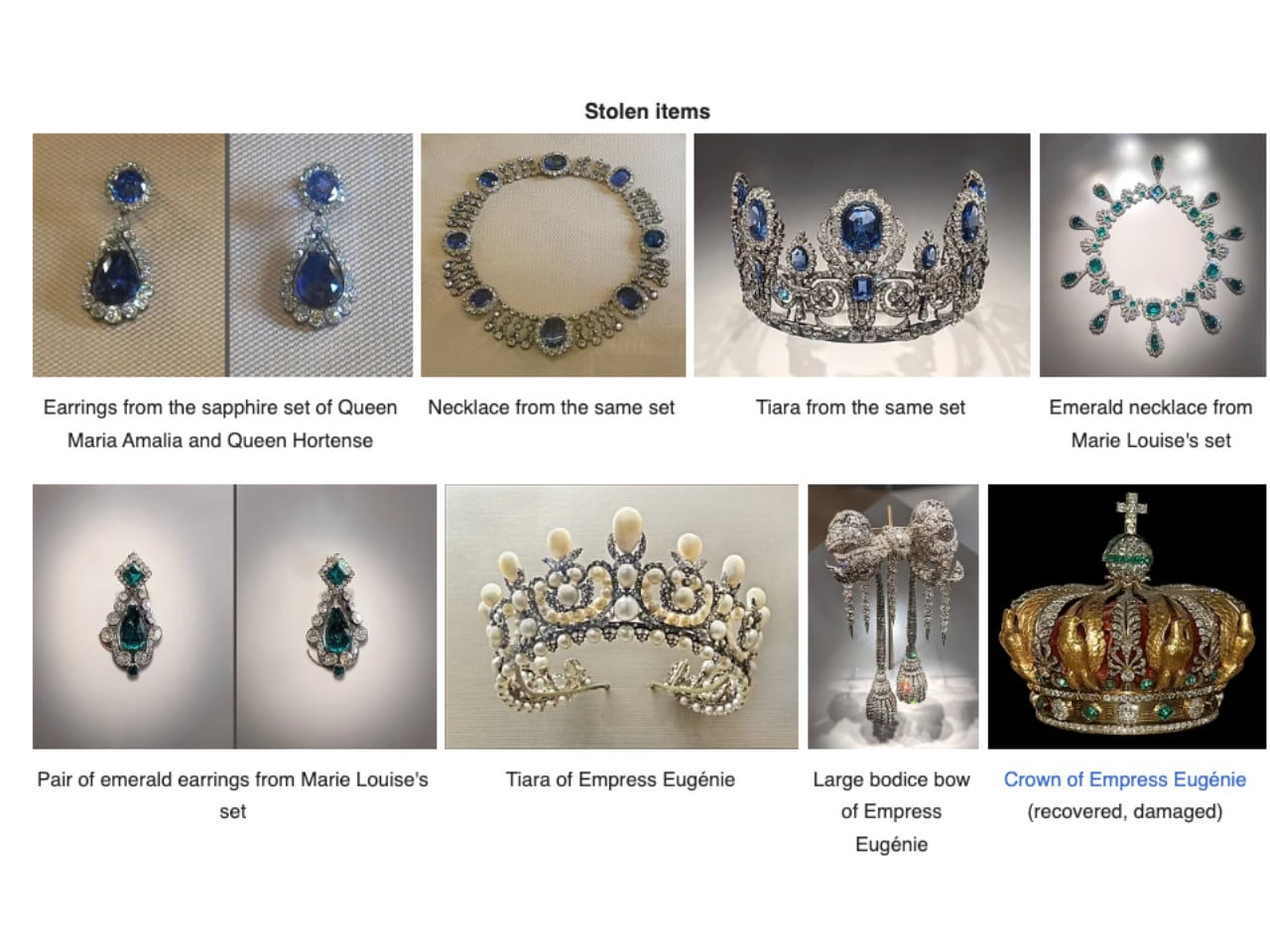
"These pieces preserved 215 years of jewelry engineering knowledge made physical. Every calculated proportion in the Marie-Louise emerald parure, every spring-mounted tremblant setting in Eugénie's brooches, every articulated joint in the stolen diadems represented solutions to problems that took master craftsmen years to solve. When Étienne Nitot positioned 79 Colombian emeralds among 1,000 diamonds in 1810, he wasn't decorating. He was engineering light behavior in candlelit ballrooms where diplomatic careers could pivot on whether an empress outshone her rivals."
"The stolen emerald necklace and earrings represent Napoleon's 1810 commission to Nitot et Fils, his court jeweler and founder of what would become Chaumet. The emperor needed a diplomatic gift substantial enough to cement his Austrian alliance through marriage to Archduchess Marie-Louise. Nitot delivered a complete parure centered on Colombian emeralds that remain in the stolen pieces today, unlike the companion diadem (now at the Smithsonian) whose emeralds were replaced with turquoise in the 1950s."
On October 19, 2025, thieves used a crane to access an upper window of the Louvre's Apollo Gallery, smashed two display cases, and fled on motorcycles with eight French crown jewels valued at $102 million. Paris prosecutor Laure Beccuau called the figure spectacular but stressed the greater cultural and historical loss. The stolen pieces embodied 215 years of jewelry engineering knowledge: precise proportions, spring-mounted tremblant settings, and articulated diadem joints that solved technical problems. Étienne Nitot's 1810 Marie-Louise parure engineered light with 79 Colombian emeralds among a thousand diamonds and used Neoclassical motifs like scrolls and palmettes to convey imperial symbolism.
Read at Yanko Design - Modern Industrial Design News
Unable to calculate read time
Collection
[
|
...
]